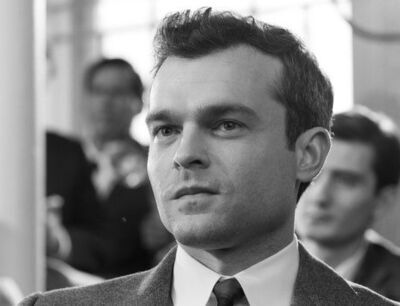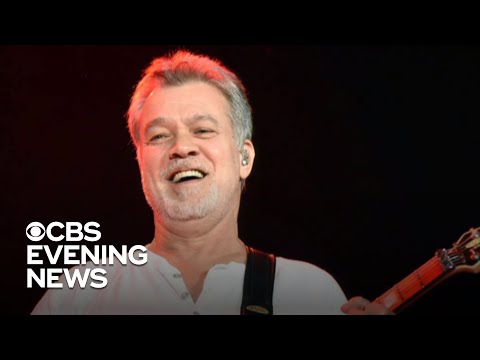Page To Screen: THE GOLDFINCH Was A Perfect Adaption – That’s Why It Failed
Page To Screen is a column examining literary adaptations in conversation with their source material. Call up your book club and set out some canapés, we’re talking reading.
The Goldfinch, John Crowley’s adaptation of Donna Tartt’s Pulitzer Prize-winning novel of the same name, is many things. It is a morality tale about the value of art and our duty to ensure its cultural immortality nested inside a story that is equal parts crime-thriller and coming-of-age (and, depending on who you ask, a gay romance). Since its release a year ago, The Goldfinch has also become shorthand for a certain breed of Oscar-bait — hollow and pretentious, misunderstanding its source material, aspiring to greatness without the narrative infrastructure to support its claims.
Each of these descriptions reflects an aspect of what kind of film The Goldfinch is, but none capture it in its entirety. They don’t describe what made it such a critical and commercial misfire, relegated the footnotes of culture, forgotten by all but a small contingent of advocates, who cherish it still.
Disclaimer: I am one of said advocates. I believe that The Goldfinch is not the out-and-out disaster its critical reception would have you believe. It is a deeply flawed film, yes, but it retains the beauty and power of the novel it is adapting.
Said beauty and power are directly responsible for the film’s glaring flaws and the desire to keep what made novel singular led to a rigidity in adaptation where flexibility was required. Easy to notice and easier to criticize, the negative attributes overshadowed the many positive ones, and the film was overshadowed by the conversation it generated.
All this is to say, The Goldfinch was never given the space to articulate itself on its terms. Descriptions of it don’t fully capture what kind of film it is because no one took the time to find out. No one would go so far as to say The Goldfinch is a secret masterpiece, but it is good, beautiful even, and it is worthy of revisiting and re-evaluation.
Translating Internal to External
At its core, The Goldfinch is a story defined by absence. Centered is Theo Decker, a young boy who, in the aftermath of a bombing at Metropolitan Museum of Art, accidentally steals The Goldfinch, a priceless Carel Fabritius painting. Following the explosion, Theo finds himself alone in the world; his mother was killed in the blast, and his father has been absent for some time. We follow Theo as he searches for belonging; absence manifesting in the form of grief, depression, isolation, loneliness, and placelessness.
A story where meaning comes from what is missing rather than what is present is not an easy one to tell, but the novel pulls it off with aplomb. Advantaged with the ability to situate itself in Theo’s first-person perspective, the novel fills out its world of isolation and absence with details and introspection. Entire swathes of the novel, sometimes hundred-plus pages at a time, are carried by Theo’s internal monologue, which is insightful and witty. So developed is the interiority of the novel it can pull off a conclusion that comprised of a fever-dream existential crisis, that crescendo’s when Theo realizes “that laughter was light, and light was laughter, and that this was the secret of the universe.”
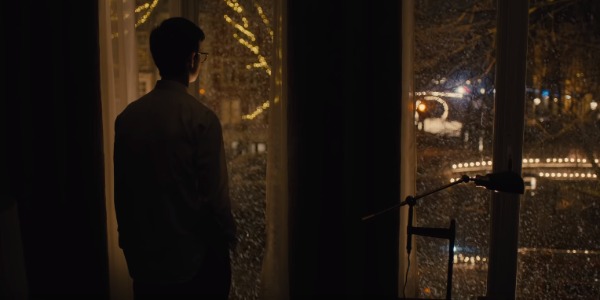
The film, by comparison, simply cannot obtain that level of interiority; the very nature of the cinematic medium prevents it. While some voiceover is employed to help the text make the jump from page to screen, the sheer size of Donna Tartt’s novel — which is over 800-pages long — means that most of Theo’s interior world cannot be translated to film. The impact of the lack of internal monologue is immediately noticeable to anyone familiar with the novel, it gives the film and feeling of destitution, an emptiness which is easy to conflate with hollowness. To conflate them, however, would be a mistake.
The emptiness of the film is a conscious choice, a lateral translation of Theo’s internal struggles rather than a literal one. In this way, The Goldfinch becomes a class act in mood as storytelling, replacing Tartt’s prose with the atmosphere of Roger Deakin’s cinematography and ambiance of Trevor Gureckis’s score. A preference for the written telling of the story over the visual is understandable, Tartt’s writing is singular, but to dismiss the latter as a pale imitation of the former is to discredit the accomplishments of the talented crew, who not only found the best avenue to translate the writing into images.
The Painting
One of the most common complaints lodged against The Goldfinch was that it dedicated very little time to showing Theo with The Goldfinch. And even when Theo is seen with it, it is wrapped in newspaper or packaging, hidden away; we see it, but we don’t “see” it. The emotional spine of the story hinges on his connection to the painting — just before the bombing his mother points it out and says it is her favorite. After the explosion, Theo pulls it from the ashes, attaches the emotional weight of losing her to it, and subsequently fails to return it to the authorities because to give it up would be to let go of her.
Theo holds the painting hostage, and equally the painting holds him, hostage, he becomes like the bird it depicts, chained. Theo’s connection to The Goldfinch is the axis upon which the entire story spins; to criticize the film for not the painting is a natural reaction. But I would argue that do so is to misread Theo’s relationship to it, and therefore to misread the film as a whole. The Goldfinch may not be on screen often, but its presence can be felt everywhere.
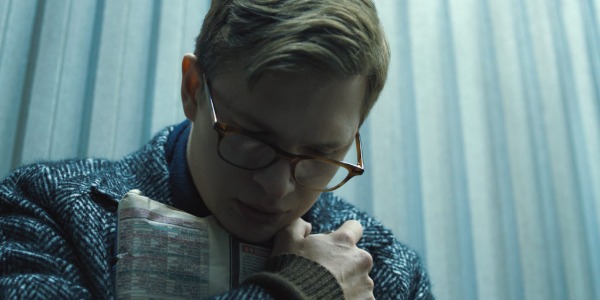
The Goldfinch’s appearance is in the color design – almost every shot is composed of colors that appear somewhere on The Goldfinch itself. It’s present in the way Theo relates to people, cold, distant, and restrained; it’s present in his passion for antiquity; it’s present in the way he deteriorates into alcohol and drug abuse. It is worth mentioning that The Goldfinch is an equal non-presence in the novel, making its on-screen depiction a direct lift from the source material. To criticize the film, then, of having too much fealty to the source material is fair, creative changes can, and possibly should have been made.
But in deciding to let The Goldfinch permeate throughout the film the way he has, Crowley captures the spirit of the novel. “When I lost her I lost sight of any landmark that might have led me to someplace happier,” says Theo. His loss is full-bodied, and its impact on his life is total. In keeping the painting spare, and letting it present itself throughout the film in other ways, Crowley recreates the totality of Theo’s loss — both everywhere and nowhere at once.
Trauma
The other major criticism leveled against the film is the way it restructures its source material. Where the novel is fairly straightforward, opening in media res with Theo in Amsterdam, before tracking back to the start as he tells us everything that led him to this moment, the film chops the story into pieces, jumping backward and forwards between Theo’s teenage and adult years. This flaw I will concede; the restructure fragments the bombing, pulling apart the defining emotional moment of the story and scattering it across the film. There is also very little discernible rhythm or purpose to the switching of temporalities, and it does not aid the pacing of the narrative especially either.
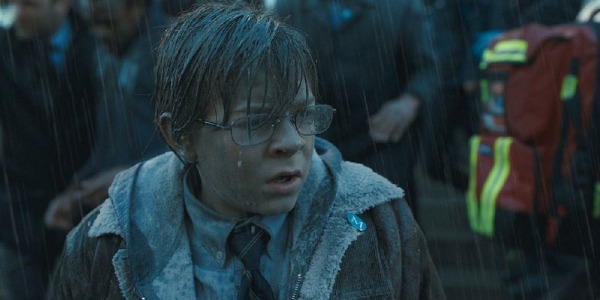
However, even this decision, which is the worst in the film, is not an outright bad one. While it compromises the integrity of the narrative somewhat, drawing attention to the flimsier moments — Tartt’s style is neo-Dickensian, heavily reliant on unlikely coincidence and improbable strokes of fate — it is not an out-and-out bad move. What’s lost in coherence is gained in a commitment to rendering the broken quality of Theo’s life. By cutting the story into ribbons and scattering it, seemingly randomly, Crowley captures the reality of living with trauma.
The film, like Theo, struggles to ever truly escape the bombing. Even after two and half hours of runtime, the narrative still circles back to the inciting moment, ending at the beginning, just moments before the bomb goes off. Theo’s pain is gravity, and the disassembled narrative functions like objects caught in it, incapable of escaping its orbit.
Conclusion: Passing It On
The Goldfinch is far from a perfect object, and while its flaws are, in my mind, defensible, if they cause you to reject it that is understandable. But I encourage you to not write it off and to do it the service of a visit or revisit. Reclamation and sharing are the tenet values of the story, pulling beautiful objects from wreckages and passing them from one person to the next, where they can be preserved, shared, and cherished.
Perhaps it is grandiose to categorize The Goldfinch as a beautiful object. It is oftentimes sloppy, and its fealty to its source material hinders as much as it aids. But it is also a gorgeous depiction of trauma, using beautiful art to reconcile complex emotions and the difficulty of living. The Goldfinch encourages us to seek out the beautiful, to defend it, and to share it. I can think of few missions nobler than that.
Have you seen The Goldfinch? What did you think? Share your thoughts in the comments!
The Goldfinch is now streaming on Amazon Prime in the US.
Watch The Goldfinch
Does content like this matter to you?
Become a Member and support film journalism. Unlock access to all of Film Inquiry`s great articles. Join a community of like-minded readers who are passionate about cinema – get access to our private members Network, give back to independent filmmakers, and more.
Join now!


